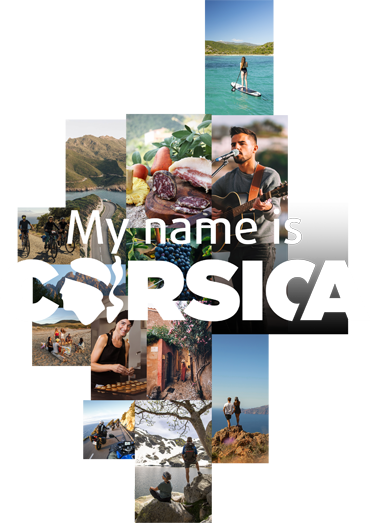Rechercher...
Explore Corsica
DÉCOUVERTE DE L'ESPACE NATUREL DE CAPICCIOLU
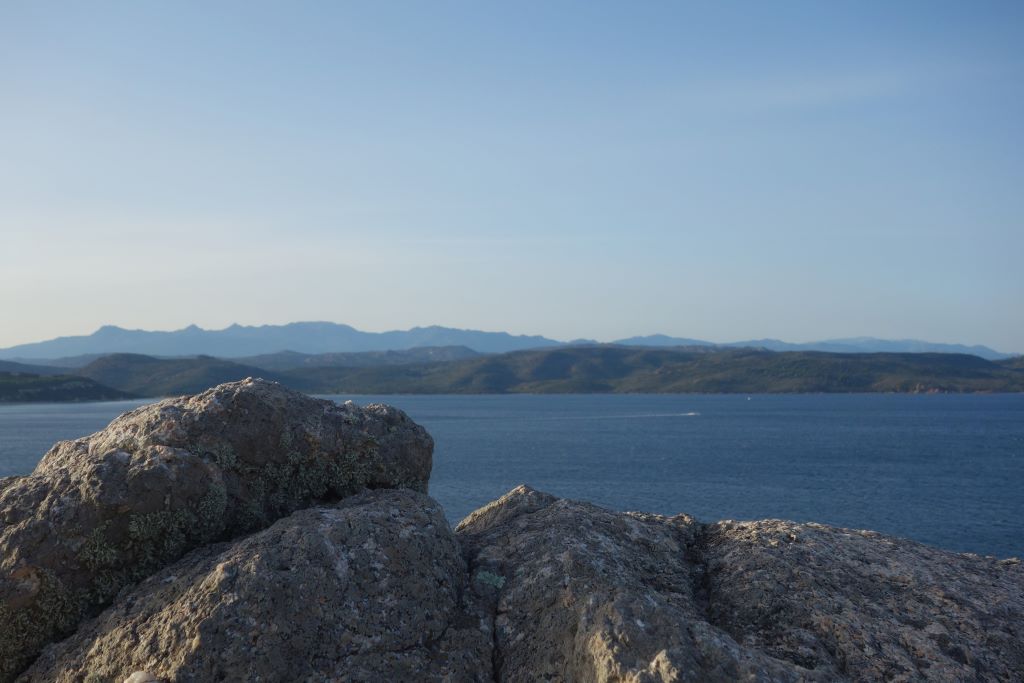
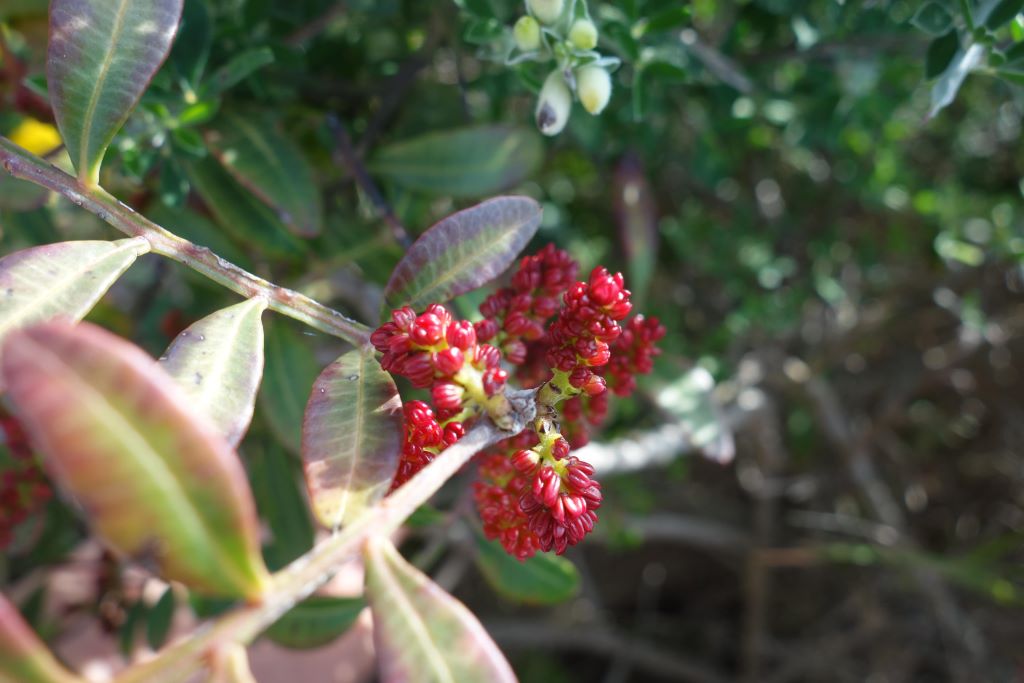
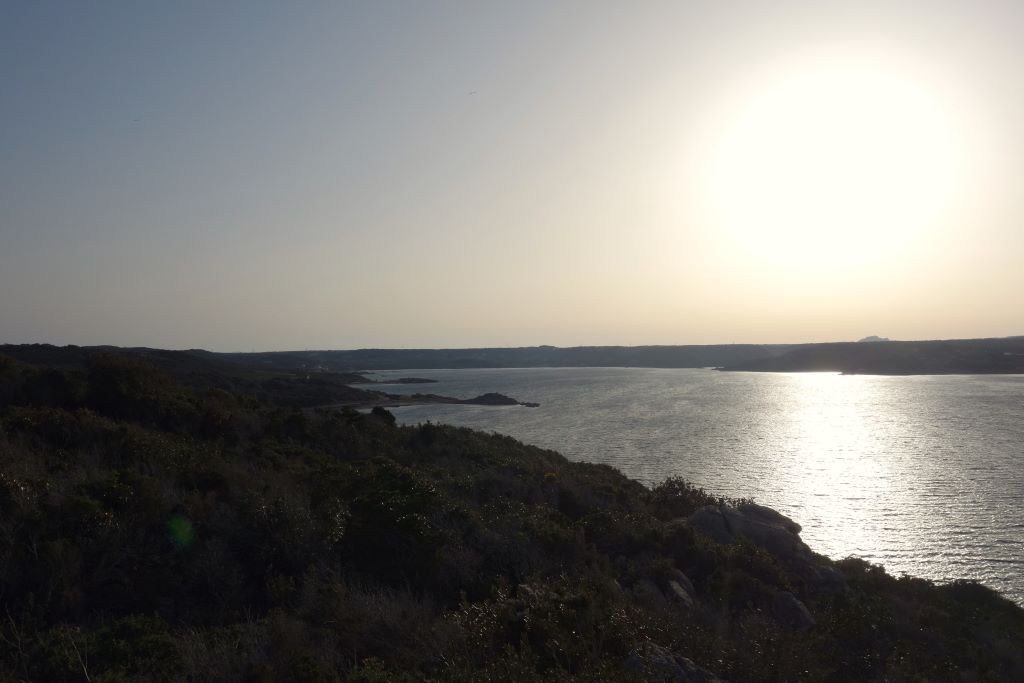
Espace naturel de Capicciolu, 20169 Bonifacio
Presentation
To the north-east of Bonifacio, a vast, elongated peninsula separates the Gulf of Sant'Amanza from the Lavezzi archipelago. Its rugged terrain alternates between steep rocky coasts, wooded valleys and sandy coves. Millions of years ago, the granitic terrain of Capicciolu closed off the sea, whose sedimentary deposits formed the limestone layers of Bonifacio.
The first part of the peninsula is dotted with springs, ancient walls and sheepfolds, but as you head towards Punta di Cappiciolu, the environment becomes wilder and less humanised. There are no footpaths leading to the tip of the headland. From Punta di a Nava onwards, the Conservatoire du littoral (coastal protection agency) is responsible for protecting the wildest half of the peninsula.
From the tower there is an extraordinary view of Sardinia and the Lavezzi Islands.
History
A small massif covered in scrubland, the Cappiciolu peninsula was mainly the domain of goat herds. Most human traces tell of the pastoral methods used by Corsican shepherds until the middle of the 20th century. However, the geographical position of the headland, well out to sea, makes it a privileged observation and surveillance point for the Gulf and the Bouches de Bonifacio.
Among the sheepfolds and baracun, defensive remains evoke the troubled episodes of Corsican history. On the headland, the Sant'Amanza tower is a shadow of its former self, with only the lower half remaining. Built in the 16th century opposite the Lavezzi islands, it guarded the eastern entrance to the Bouches de Bonifacio. On the north coast of the peninsula, a casemate with two battlements for 75mm cannon is one of the vestiges of the ‘little Maginot line’. Two other casemates, on the opposite shore, on either side of Capu Biancu, completed the defence of the Sant'Amanza gulf. Built between 1932 and 1933, these fortifications were guarded by the 28th Regiment of Tunisian Tirailleurs, but were not used during the ‘phoney war’.
Fauna and flora
With its granite bedrock, most of the peninsula is covered in scrubland, which becomes denser as you approach the headland. The usual flora of the warm regions of southern Corsica can be found here: tree heather, mastic, myrtle, sarsaparilla and rockrose.
Locate
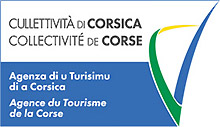
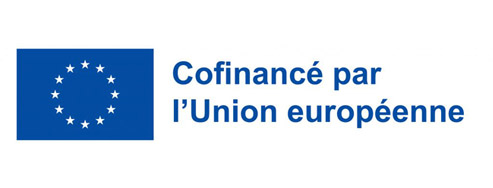
powered by cd-media.fr



